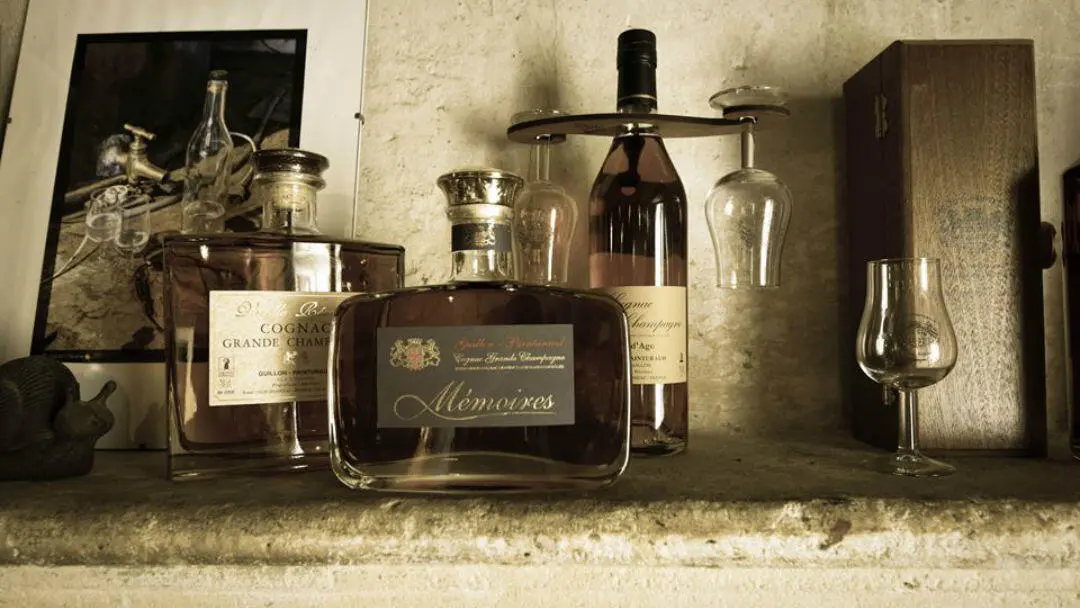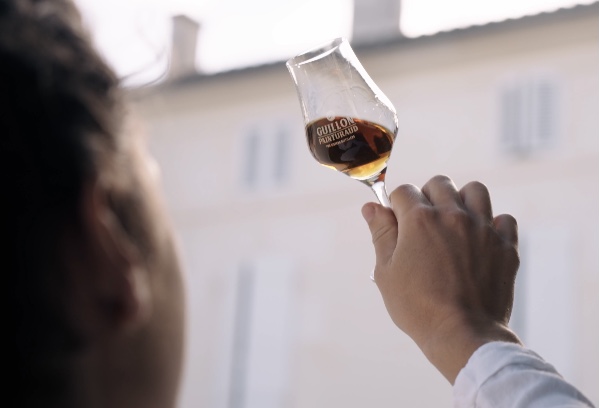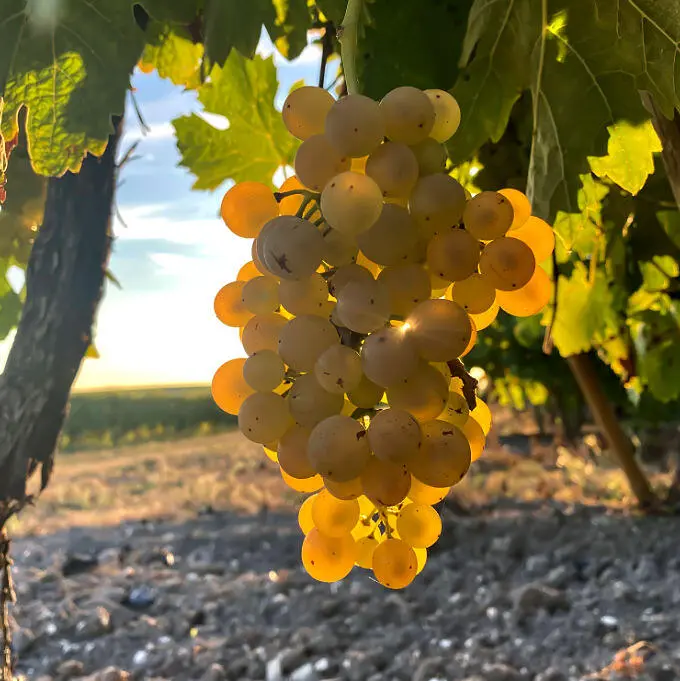It can be difficult to perceive the difference between Cognac and Armagnac because both of them are spirits from the south west of France.
However, there are a few differences that will make it easier for you to understand them.
1. Cognac and Armagnac: The designation areas
The Cognac designation area is located north of Bordeaux and is divided into 6 crus (Grande Champagne, Petit Champagne, Borderies, Fins Bois, Bons Bois and Bois Ordinaires).
It includes all of Charente Maritime and a large part of Charente with an enclave in the departments of Deux Sèvres and Dordogne.
The most popular cru is the Grande Champagne terroir. It allows to age the eaux-de-vie which are there, during very long years. The more they age the more their quality is revealed.
The soils are clay-limestone and allow to obtain very complex aromas and aging times.
The designation area of Armagnac is located south of Bordeaux and includes 3 crus (Bas Armagnac, Armagnac-Ténarèze and Haut-Armagnac) which are present in 3 departments: A very large part of the Gers, a part of the Lot et Garonne and the Landes.
Here, it is the Armagnac-Ténazère cru that is the most popular. Like the Grande Champagne, its eaux-de-vie can be kept for a long time.
The soils are several hundred kilometers away from the Cognac designation area and will not have the same characteristics as those for Cognac, since they are rather clayey-siliceous.
2. Cognac and Armagnac: different grape varieties
Cognac and Armagnac have similarities in terms of grape varieties, but the distribution is different. Generally speaking, during the Cognac production process,Ugni-Blanc is the most widely used of all the authorised grape varieties.
Highly resistant to disease and cold, it is preferred by 98% of producers. Other grape varieties are used in the Cognac designation:
- Colombard
- Folle Blanche
- Montils
- Sémillon
- Folignan
For Armagnac, Ugni-Blanc is also the main grape variety, but this time it accounts for 55%.
The second most used grape variety for Armagnac is Baco 22A, which does not exist in the list of authorised grape varieties for Cognac. In fact it is a hybrid grape variety, derived from the folle blanche and the American noah.
There are also :
- Colombard
- Folle Blanche
3. Cognac and Armagnac : Distillation
Cognac and Armagnac are obtained by different distillation processes.
The Charentaise distillation is a "repasse" distillation. This means that the wine is distilled twice.
First, it is stored in the cucurbit. Once the wine is boiling, the vapors that are created begin their ascent in the head, then the swan neck and finish their course in the cooler.
The copper serpentine, located inside, is surrounded by a circuit of cold water, which will allow the vapors to condense. The first distillate is called "Brouillis" and is about 30 degrees.
The second and last distillation is called "Bonne chauffe", the extracted white eau-de-vie is about 70 degrees and its maximum is 72.4% vol.
The Armagnacaise distillation is done according to a different principle: The wine is continuously fed into the still through the bottom of the condenser. It is a continuous column distillation.
It is thanks to this that the alcohol vapors contained in the serpentine are cooled.
It is led to the column where it descends from tray to tray to the boiler.
Under the effect of the strong heat produced by the furnace, wine vapors rise against the current and "bubble" in the wine at the level of each tray.
They are enriched with alcohol and most of the aromatic substances of the wine and are condensed and cooled in the serpentine.
At the exit of the still, the eau-de-vie is colorless, its alcoholic degree can vary from 52% to 72% (but it is traditionally between 52% and 60%).

Conclusion on the 3 differences between Cognac and Armagnac
Armagnac is considered as one of the oldest eaux-de-vie. It would exist since the beginning of the 15th century.
This alcohol is consumed mainly by the French, it is little exported.
Quite the contrary, Cognac is a product that is exported to 98%. In 2020, 5,000,000 bottles of Armagnac will be sold in the world, compared to more than 200,000,000 bottles of Cognac.
Now it is up to you to discover these two spirits to better understand your tastes and refine your palate.
You will see at the same time that the shape of the glass in which you taste Cognac and Armagnac has its importance.
But we will see that in our next article!






